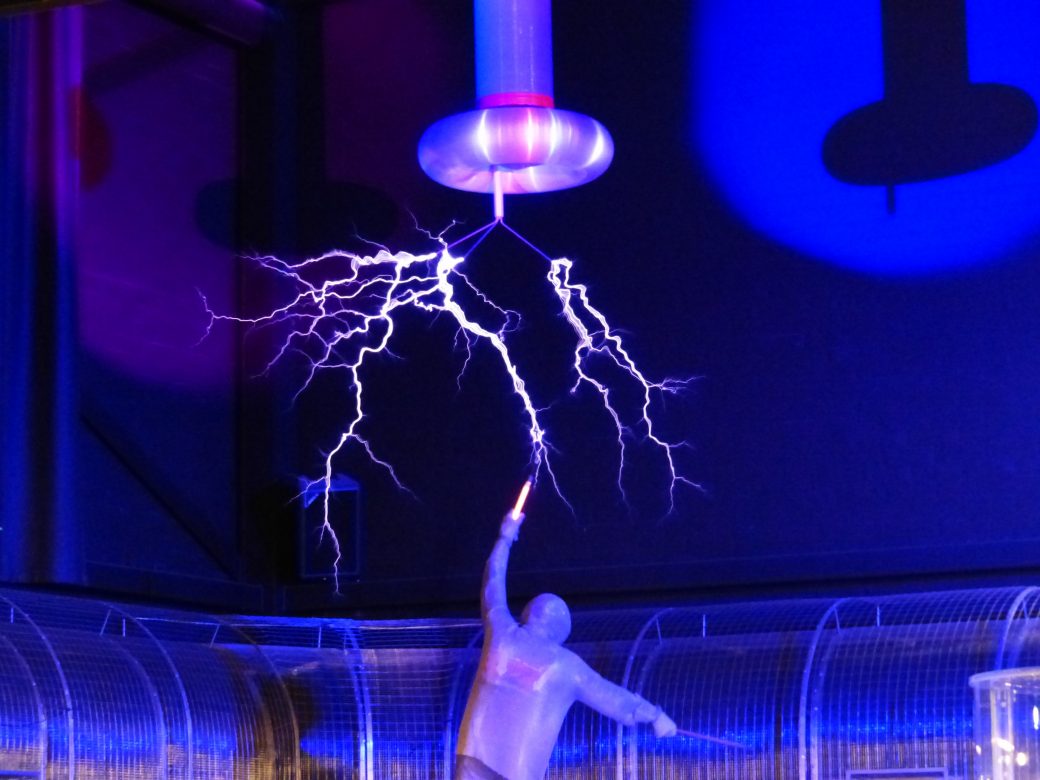
So recently I released the beta of my brand new Engagement Assessment – a clever tool that works out your engagement strength and strategy for growth by asking you 12 questions. (Thank you to everyone who has taken it and given me feedback!)
From the results so far, one very visible trend is that where people are weaker (by a factor of 10% on average) is the experiential element of engagement.
I promised that I’d address this in upcoming mailings… and concordantly, here we are!
But first, let’s recap:
The three types of engagement
Engagement is a three dimensional concept. We can engage the mind, the body and the soul, each building on the other.
Everything begins with the mind: someone understanding what you want them to engage with. Then it moves to the body: someone doing something. Then, if you do very well, it might move to the soul: someone having affection towards what they are engaged with.
Switching this to an organisation, each of these has a business capability attached to them. To engage the mind, we need good communications. To engage the soul, we need good platforms.
But to engage the body, we need good experience. And this is where people are reporting to be weaker – yet, it’s the pathway to high levels of engagement.
What’s experience got to do with it?
Well, a heck of a lot. Get on Twitter for 5 minutes and you’ll see articles all about customer experience, employee experience, user experience, brand experience, community experience… and on the list goes.
Now this is nothing new. People have been buying experiences since forever. But the recognition that the experience that a product renders is at least equal to its functional output, and has a major influence on the overall impact of the product, has come to the foreground in business conversation.
Honestly, it confuses me why any of this is news… for instance, as a former conference producer I always designed events to be experiential: why would you NOT?
Yet this reveals the heart of the matter of experiences, and engagement for that.
Function and Effect
You see an experience is about more than function, and so is engagement. It’s about effect.
Let’s say you’re hosting a meeting. At a functional level, you’re thinking about making sure there is a room, that there are seats, and that you get through the agenda.
But the one who wishes to create an experience, and who wishes to get engagement, knows that the functional level is just the beginning. They know that the impact of the meeting is based upon the effect that the meeting has upon those present.
So they’ll do things like:
- make sure there’s clear signposts to where the meeting is
- have someone greet attendees with a friendly smile and a warm, non-sweaty handshake
- offering quality refreshments
- make sure the room is the right temperature
- ensure seating is already laid out in a neat manner
- provide handouts
- stick to the timeframe
- check that all visuals are readable
This isn’t to say anything about how they lead the meeting: speaking with vision, starting with why, being warm and friendly, etc.
And why do they do this?
I think there’s two reasons.
First of all, I think because they care. They are empathetic and imagine things from the perspective of someone else. Even if it’s just dinner at their house, they’re the type of person who has thought about parking for you in advance.
Secondly, they seem to intuitively know what psychology studies tell us – that environment shapes the content. Quite literally, experiencing physical warmth promotes physical warmth! (Pro tip: running a meeting? Serve coffee.)
(Actually, it runs deeper than just warmth. But I that’ll have to wait til next week.)
But for now know that your job as a change maker, as a leader, as a maker, isn’t just to build function, it’s to create an effect.
Comments